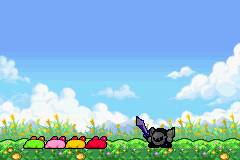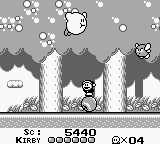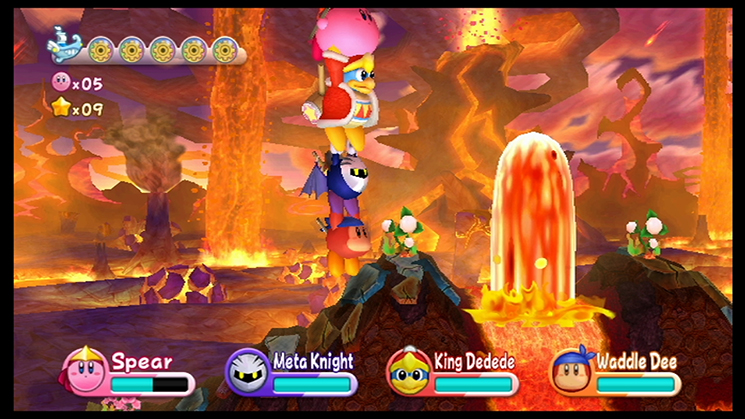YoshiFlutterJump
Power Star
- MarioWiki
- YoshiFlutterJump
I've been planning this for a while, having played most of the mainline Kirby games now and wanting to compile my opinions of them into a single thread. This thread will only cover the 12 main Kirby of the Stars games, mind you; you won't be seeing Air Ride, Canvas Curse, or Epic Yarn on this list. No update schedule planned, will just add to this when I see fit.
And with that, enjoy the list!

By the time 2004 rolled around, Kirby was in a bad spot. Masahiro Sakurai, the creator of Kirby, had just left HAL, and with Kirby for Nintendo GameCube experiencing difficulties in development, HAL enlisted developer Flagship to create a game to fill the gap. The result was a game very different from those before it, as it adopts the open-world gameplay style used in Metroid and Castlevania. It was a game that looked great on paper. And even then, there are still many Kirby fans who consider this a favorite.
But, unfortunately, I can't share that sentiment. The level design resembles that of a labyrinth (hence the Japanese subtitle, The Great Labyrinth of the Mirror), and quickly becomes tedious with a ton of backtracking. The game was very clearly designed with multiplayer in mind, and if played that way this probably would have been the ultimate test of collaboration and teamwork. But alas, its platform is a curse; if you want a full-fat 4-person experience, you'll need 4 GBAs, 4 link cables, and 4 copies of the game. VC sure doesn't support that kind of thing! So I can't give the game any extra points for how good it might have been in multiplayer, because so few people are able to play it that way. And the AI is dumb as bricks and absolutely useless unless you just want a good laugh.
Kirby & The Amazing Mirror is a game I really wanted to enjoy, but just couldn't. If there's any game I hope to be remade someday, it's this one.
And with that, enjoy the list!
Kirby & The Amazing Mirror

By the time 2004 rolled around, Kirby was in a bad spot. Masahiro Sakurai, the creator of Kirby, had just left HAL, and with Kirby for Nintendo GameCube experiencing difficulties in development, HAL enlisted developer Flagship to create a game to fill the gap. The result was a game very different from those before it, as it adopts the open-world gameplay style used in Metroid and Castlevania. It was a game that looked great on paper. And even then, there are still many Kirby fans who consider this a favorite.
But, unfortunately, I can't share that sentiment. The level design resembles that of a labyrinth (hence the Japanese subtitle, The Great Labyrinth of the Mirror), and quickly becomes tedious with a ton of backtracking. The game was very clearly designed with multiplayer in mind, and if played that way this probably would have been the ultimate test of collaboration and teamwork. But alas, its platform is a curse; if you want a full-fat 4-person experience, you'll need 4 GBAs, 4 link cables, and 4 copies of the game. VC sure doesn't support that kind of thing! So I can't give the game any extra points for how good it might have been in multiplayer, because so few people are able to play it that way. And the AI is dumb as bricks and absolutely useless unless you just want a good laugh.
Kirby & The Amazing Mirror is a game I really wanted to enjoy, but just couldn't. If there's any game I hope to be remade someday, it's this one.
| PROS | CONS |
| Unique gameplay | Tedious level design |
| Great multiplayer... | ...that you probably won't be able to experience |
| AI is dumb and useless |









